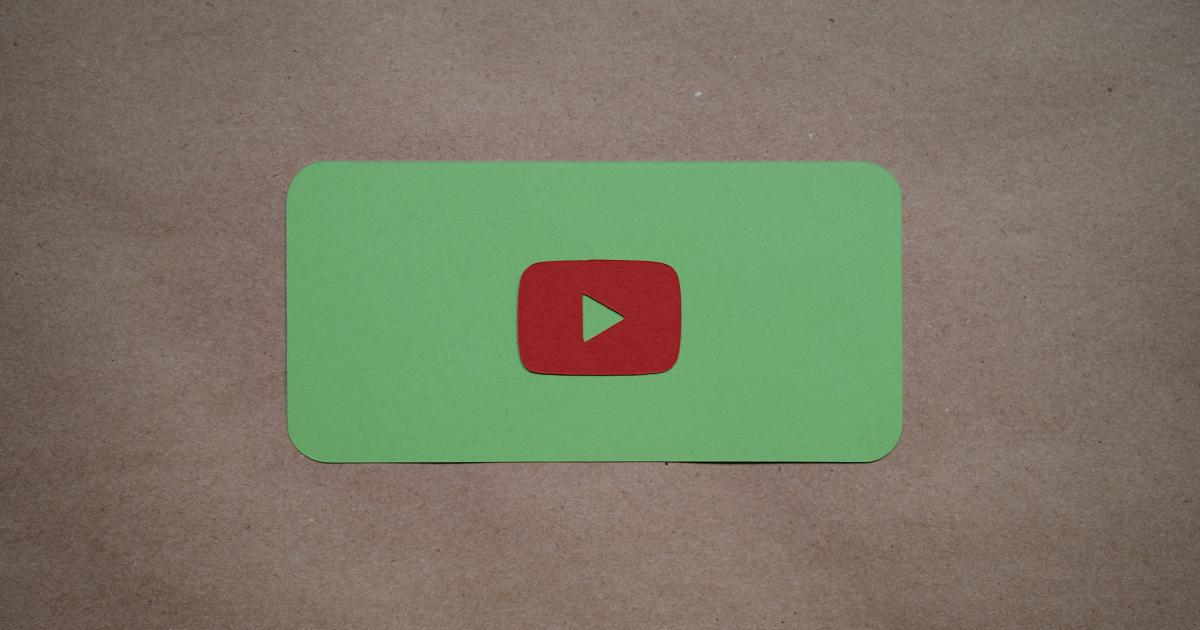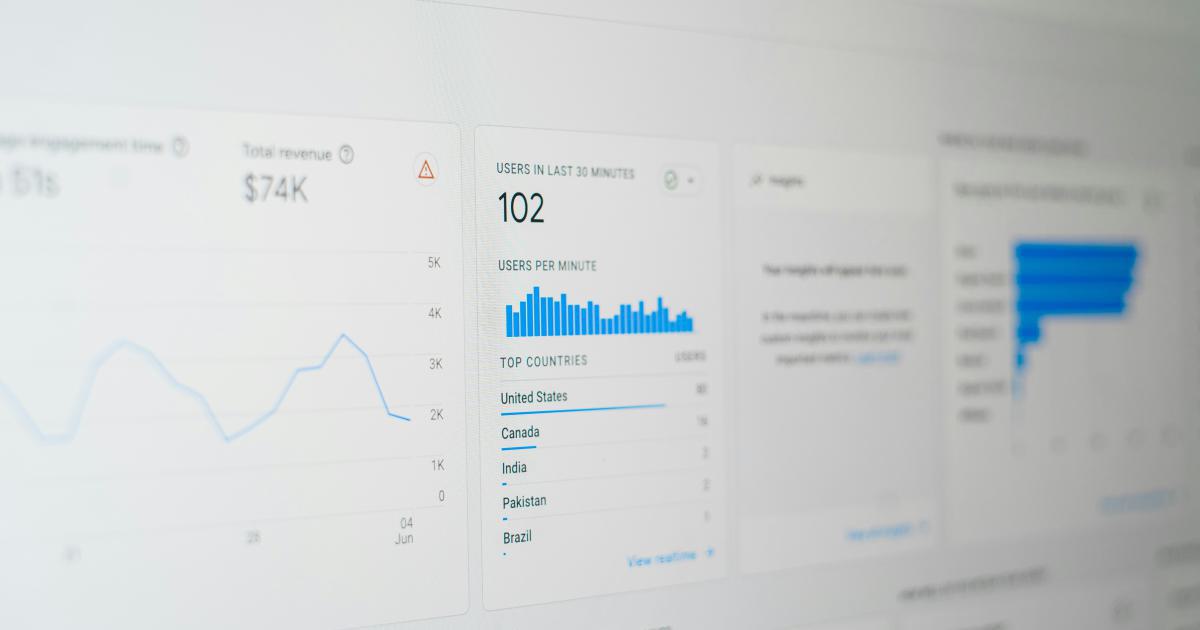Mastering the Art of Content Repurposing for SEO


Introduction: Unlocking the Power of Content Repurposing
In today's fast-paced digital landscape, content is the cornerstone of any successful marketing strategy. However, creating high-quality, engaging content can be a time-consuming and resource-intensive endeavor. That's where the art of content repurposing comes into play, offering a strategic approach to maximizing the value of your existing content and driving enhanced SEO results.

Content repurposing is the process of taking a piece of content, such as a blog post, and transforming it into multiple formats, such as a video, infographic, or social media post. By repurposing your content, you can extend its reach, cater to different audience preferences, and boost your search engine optimization (SEO) efforts.
In this comprehensive guide, we'll delve into the essential strategies and best practices for mastering the art of content repurposing for SEO. From identifying your most valuable content to crafting a strategic repurposing plan, you'll learn how to leverage your existing resources to drive sustainable growth and improve your online visibility.
Understanding the Benefits of Content Repurposing for SEO
Content repurposing offers a wealth of benefits that can significantly enhance your SEO performance. Let's explore some of the key advantages:
1. Increased Visibility and Reach
By repurposing your content across multiple platforms and formats, you can expand your audience reach and increase the chances of your content being discovered by new potential customers. This can lead to more website traffic, higher engagement, and improved brand awareness.
2. Enhanced Search Engine Optimization
Search engines favor websites that consistently publish high-quality, relevant content. By repurposing your content, you can create a diverse content portfolio that covers a wider range of keywords and topics, ultimately improving your search engine rankings and driving more organic traffic to your website.

3. Improved Content Efficiency
Creating new content from scratch can be both time-consuming and resource-intensive. By repurposing your existing content, you can maximize the value of your previous efforts, ensuring that your content continues to work for you long after its initial publication.
4. Diverse Content Formats
Different audiences prefer different content formats, such as videos, infographics, or podcasts. By repurposing your content, you can cater to these diverse preferences, engaging a wider range of potential customers and improving your overall content strategy.
5. Increased Engagement and Backlinks
When you repurpose your content, you create more opportunities for engagement, such as shares, comments, and backlinks. This can lead to improved user signals, which search engines often use as ranking factors, further boosting your SEO performance.
Identifying Your Most Valuable Content
The first step in mastering the art of content repurposing for SEO is to identify your most valuable content. This involves analyzing your existing content portfolio and determining which pieces have the greatest potential for repurposing and driving SEO results.
Analyze Your Content Performance
Begin by reviewing your website analytics to identify your top-performing content. Look for metrics such as page views, time on page, bounce rate, and social engagement to determine which pieces of content are resonating most with your audience.

Assess Content Relevance and Evergreen Potential
In addition to performance metrics, consider the relevance and evergreen potential of your content. Evergreen content, or content that remains relevant and valuable over time, is particularly well-suited for repurposing as it can continue to drive traffic and engagement long after its initial publication.
Identify Content Gaps and Opportunities
Analyze your content portfolio to identify any gaps or areas where you could create more value for your audience. Look for topics or keywords that are not yet covered, or areas where you could provide more in-depth or comprehensive content through repurposing.
Prioritize Your Content for Repurposing
Once you've identified your most valuable and relevant content, prioritize the pieces that have the greatest potential for repurposing and SEO impact. This will help you focus your efforts and ensure that you're getting the maximum return on your investment.
Developing a Strategic Content Repurposing Plan
With your most valuable content identified, it's time to develop a strategic content repurposing plan. This plan will serve as a roadmap for how you'll transform your existing content into a diverse range of formats and channels, ultimately driving improved SEO performance.
Determine Your Repurposing Formats
Start by considering the different content formats that would best suit your audience and your SEO goals. Some popular options include:
- Blog posts to videos or podcasts
- Webinars to blog posts or social media snippets
- Infographics to social media posts or presentations
- Case studies to blog posts or video testimonials

Identify Relevant Keywords and Topics
Conduct thorough keyword research to identify the most relevant and high-performing keywords and topics for your content repurposing efforts. This will ensure that your repurposed content aligns with your target audience's search intent and helps you improve your overall SEO performance.
Create a Content Repurposing Calendar
Develop a content repurposing calendar that outlines your planned content transformations and publication schedules. This will help you stay organized, maintain a consistent content flow, and ensure that your repurposed content is released at the optimal times for maximum impact.
Optimize for Search Engines
As you repurpose your content, be sure to optimize each piece for search engines. This includes incorporating relevant keywords, creating compelling meta titles and descriptions, and ensuring that your content adheres to best practices for on-page SEO.

Leverage Multimedia Content
Incorporate multimedia elements, such as images, videos, and infographics, into your repurposed content. These visual aids can help engage your audience, improve the user experience, and boost your SEO performance by increasing the time users spend on your site.
Monitor and Iterate
Continuously monitor the performance of your repurposed content and adjust your strategy as needed. Use analytics to track metrics such as website traffic, engagement, and conversions, and make data-driven decisions to refine your content repurposing approach over time.
Repurposing Strategies for Improved SEO
Now that you have a solid content repurposing plan in place, let's explore some specific strategies and tactics you can use to drive enhanced SEO results.
Create SEO-Optimized Blog Posts
One of the most effective ways to repurpose your content for SEO is to transform it into high-quality blog posts. This allows you to target specific keywords, provide in-depth information, and optimize your content for search engines.

When repurposing content into blog posts, be sure to:
- Conduct thorough keyword research to identify the most relevant and high-performing keywords
- Craft engaging, SEO-friendly titles and meta descriptions
- Incorporate your target keywords naturally throughout the content
- Use headings, subheadings, and formatting to improve readability and scanability
- Incorporate multimedia elements, such as images and videos, to enhance the user experience
Develop Informative Videos and Podcasts
Video and audio content can be powerful tools for content repurposing and SEO. By transforming your written content into engaging videos or podcasts, you can reach new audiences, improve user engagement, and boost your online visibility.

When repurposing content into videos or podcasts, consider the following:
- Identify the most valuable and informative sections of your written content
- Create scripts or outlines that translate your written content into a compelling audio or visual format
- Optimize your video and podcast titles, descriptions, and tags for SEO
- Encourage viewers and listeners to engage with your content through calls-to-action, such as subscribing or sharing
- Leverage video and audio platforms, such as YouTube, Vimeo, and Spotify, to expand your reach
Transform Content into Infographics and Visual Assets
Infographics and other visual assets can be highly effective for content repurposing and SEO. By transforming your written content into visually engaging and informative graphics, you can capture the attention of your audience and improve the overall user experience.

When repurposing content into infographics or visual assets, keep the following in mind:
- Identify the key data, statistics, and insights from your written content
- Organize this information into a clear, visually appealing layout
- Ensure that your infographic or visual asset is optimized for search engines, with relevant alt text and file names
- Encourage sharing and embedding of your visual assets on other websites, which can lead to valuable backlinks and improved SEO
Leverage Social Media for Content Repurposing
Social media platforms can be a powerful tool for content repurposing and SEO. By sharing snippets, teasers, or adapted versions of your content on social media, you can reach new audiences, drive traffic to your website, and improve your overall online visibility.

When repurposing content for social media, consider the following:
- Identify the key takeaways or most compelling aspects of your content
- Create bite-sized, visually-appealing social media posts that capture your audience's attention
- Utilize relevant hashtags and optimize your social media captions for search
- Encourage engagement, such as shares and comments, to improve your social signals and SEO
Expand Content into Comprehensive Guides or E-books
If you have a particularly valuable or in-depth piece of content, consider repurposing it into a comprehensive guide or e-book. This not only allows you to provide more value to your audience but also offers opportunities for improved SEO performance.

When repurposing content into a guide or e-book, keep the following in mind:
- Identify the core themes and key information within your existing content
- Expand upon this content, providing additional context, insights, and actionable steps
- Optimize your guide or e-book for search engines, with relevant keywords, metadata, and internal linking
- Offer your guide or e-book as a downloadable resource, which can help generate leads and improve your authority
Collaborate with Industry Influencers and Experts
Collaborating with industry influencers and experts can be a powerful way to repurpose your content and boost your SEO performance. By co-creating content or featuring guest contributors, you can tap into new audiences, improve your credibility, and strengthen your overall content strategy.

When collaborating with industry influencers and experts, consider the following:
- Identify relevant influencers or experts who align with your brand and target audience
- Propose content collaboration opportunities, such as guest posts, interviews, or co-created resources
- Ensure that the collaborative content is optimized for search engines, with relevant keywords and links
- Leverage the influencer's network and platform to reach a wider audience and improve your online visibility
Measuring the Impact of Content Repurposing
To ensure that your content repurposing efforts are driving meaningful results, it's essential to measure and track your performance. By monitoring key metrics and analyzing your data, you can continuously refine your strategy and optimize your content for maximum SEO impact.
Utilize Analytics to Track Performance
Leverage your website analytics, social media metrics, and other data sources to monitor the performance of your repurposed content. Key metrics to track may include:
- Website traffic and engagement
- Search engine rankings and visibility
- Conversions and lead generation
- Backlinks and referral traffic

Analyze Content Performance Across Channels
Evaluate the performance of your repurposed content across different channels and platforms. This will help you identify which formats and distribution strategies are most effective for your audience and your SEO goals.
Assess the Impact on Overall SEO Performance
Analyze the broader impact of your content repurposing efforts on your overall SEO performance. This may include measuring improvements in domain authority, organic search traffic, and key conversions.
Continuously Refine Your Content Repurposing Strategy
Use the insights gained from your performance tracking to continuously refine and optimize your content repurposing strategy. Identify which types of repurposed content are driving the best results, and adjust your approach accordingly.

Conclusion: Embrace the Power of Content Repurposing for SEO Success
By mastering the art of content repurposing, you can unlock a powerful strategy for driving sustainable SEO success. From increasing your online visibility and enhancing your search engine rankings to improving content efficiency and engaging your audience, the benefits of content repurposing are undeniable.
Remember, the key to effective content repurposing lies in a strategic, data-driven approach. Identify your most valuable content, develop a comprehensive repurposing plan, and leverage a diverse range of formats and channels to maximize the impact of your content. With a commitment to continuous improvement and a focus on delivering exceptional value to your audience, your content repurposing efforts will propel your SEO success for years to come.